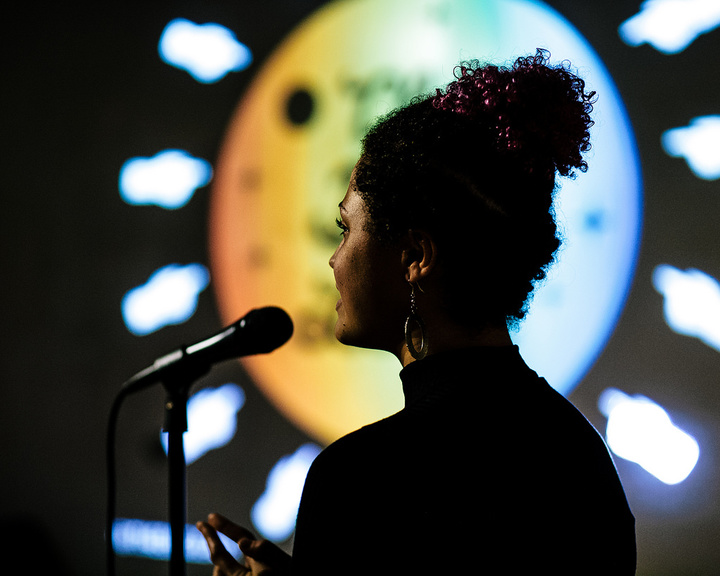
Someone once told me not to use the term “side project” if I loved and was devoted to an endeavor. I understand that she wanted me to voice pride in my work, but I cannot do away with this term that I’ve grown to love.
You see, I’m proud to call something a side project, because I believe there’s nothing more meritorious than making cool shit in your free time. You don’t have to do it, no one’s paying you, maybe no one even cares, but you’re going to do it anyway. Everything changes when you call something your business or your startup. Expectations of monetary success and virality come into play, and you become stringent and stressed about every decision and direction.
Embracing the phraseology doesn’t mean you’re not taking a side project seriously, or that it can’t turn into something that generates revenue. Plenty of side project connoisseurs have turned passion into profit. Tina Roth Eisenberg is a recognized name in the arena of major side project connoisseurship, having turned Tattly, Teuxdeux, and Creative Mornings into businesses.
You’re the expert when it comes to your side project, and you learn a massive amount as you go. Aside from legitimizing your claim to making super dope work, kicking up your knowledge factor is a great reason to jump into the side project fray.
Almost a year ago I created a storytelling series because I recognized a missing piece in the world of story-driven events. This was my first long-term relationship with a side project, and I can tell you the following things based on my experience:
- Find affirmation to start if you need it, but also know you might not need it. You have to be confident in your idea, because most likely you’re going to be the only person that cares about it as much as you do for a while. If you’re still doubting yourself, go to someone whose opinion you trust and have a chat about it.
- Don’t feel embarrassed to insert your project into conversations with literally anyone. For a long time I felt self-conscious talking about my project with anyone. I winced when I imagined the confusion that would appear on someone’s face when I attempted to explain it. More often than not, however, people at least pretend that they’re interested in hearing about it. Sometimes these conversations lead to new opportunities. You never know.
- Make a list of your successes, no matter how big or small. Especially if your side project is going to be an ongoing labor of love, you’ll need to keep motivation at the ready. More often than not, even small successes seem huge, so make sure you’re writing them down. To be clear, success can come in the form of a nice comment, a thing you learned, a friendship you established, etc.
Before I go, I’ll leave you with a few links to other people’s side projects that I’ve really enjoyed. There’s no shame in the side project game!
–Ivan Cash’s Last Photo project
–Hyperakt’s On The Grid City project
-Cards Against Humanity’s The Design Pack project
-Emily Haasch’s Design Book Club